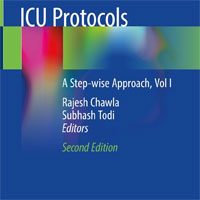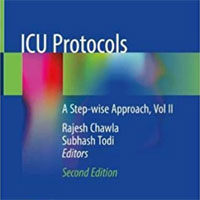Tag: hemodynamic
Oestrogen Inhibition Reverses PAH and Associated Metabolic Defects
Increased oestrogen is a strong epidemiological risk factor for development of pulmonary arterial hypertension (PAH) in patients, associated with metabolic defects. In addition, oestrogens drive penetrance in mice carrying... read more
Gas Exchange in ARDS
Acute respiratory distress syndrome (ARDS) is characterized by severe impairment of gas exchange. Hypoxemia is mainly due to intrapulmonary shunt, whereas increased alveolar dead space explains the alteration of CO2 clearance.... read more
Central Line Versus Peripheral IV Flow Rates In Resuscitation
The indications for central venous catheters (CVCs) include invasive hemodynamic monitoring, transvenous cardiac pacing, hemodialysis, lack of peripheral venous access, administration of vasopressors, nutritional support,... read more
Management of Sepsis and Septic Shock
The best approach for hemodynamic therapy for sepsis has become more uncertain as evidence has accumulated. This extends even to the degree to which clinicians should use intravenous fluids as a foundation for resuscitation... read more









